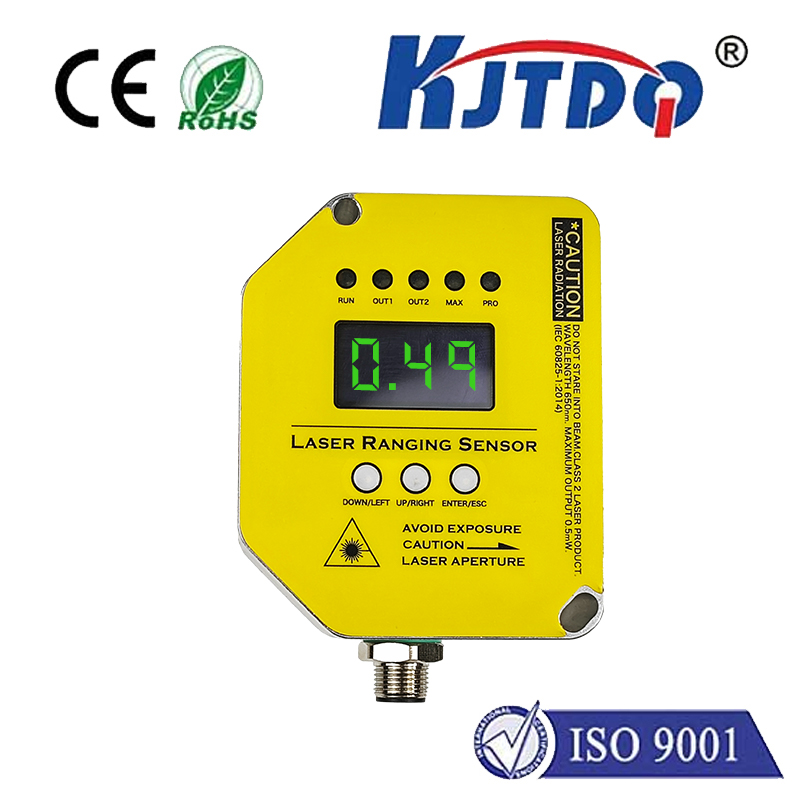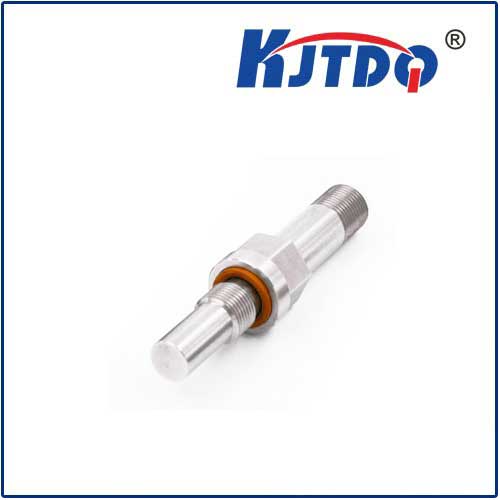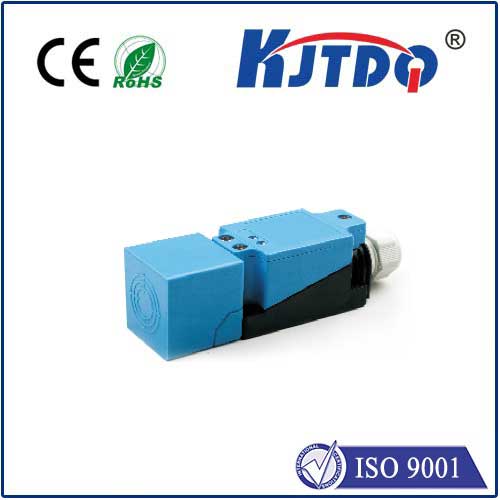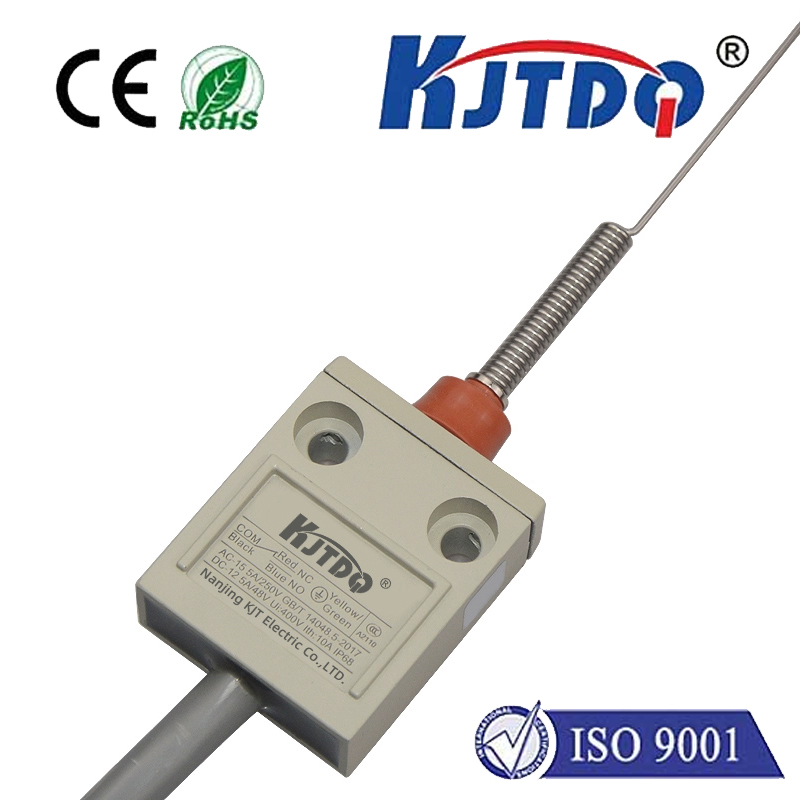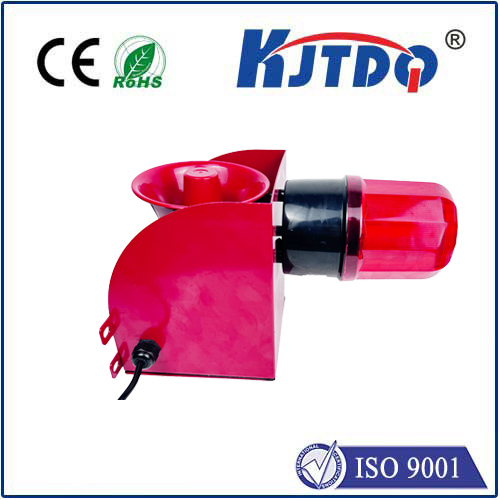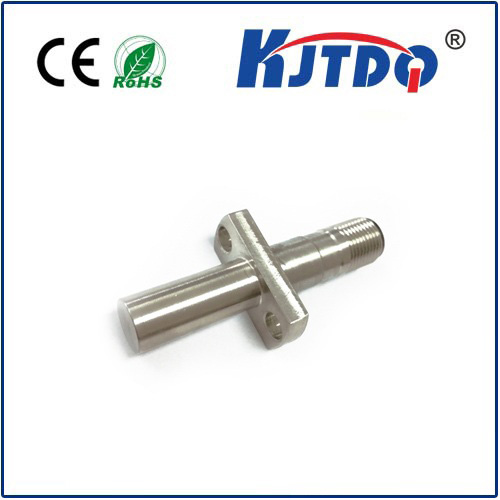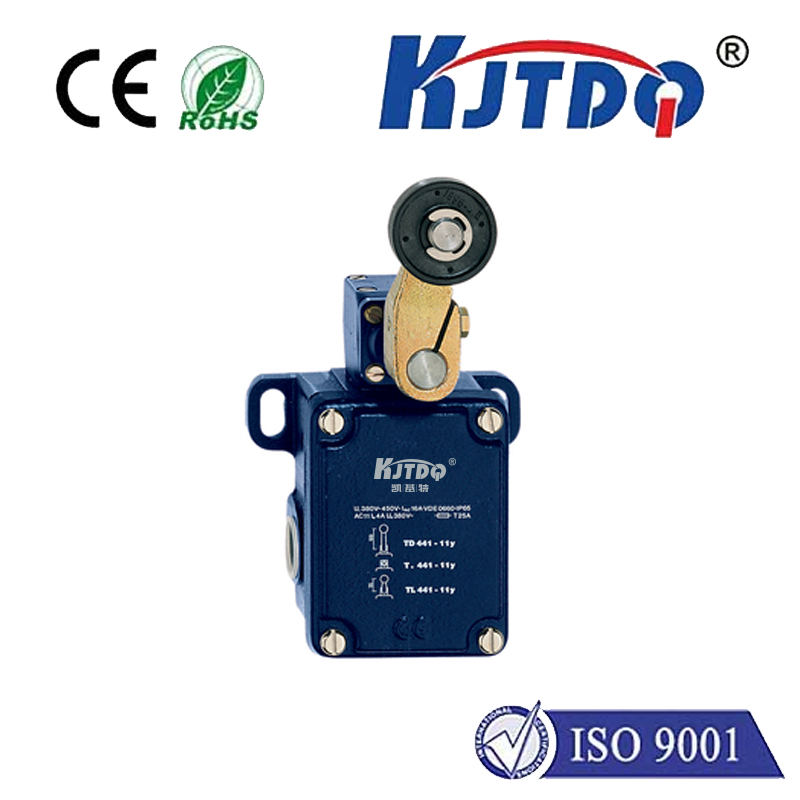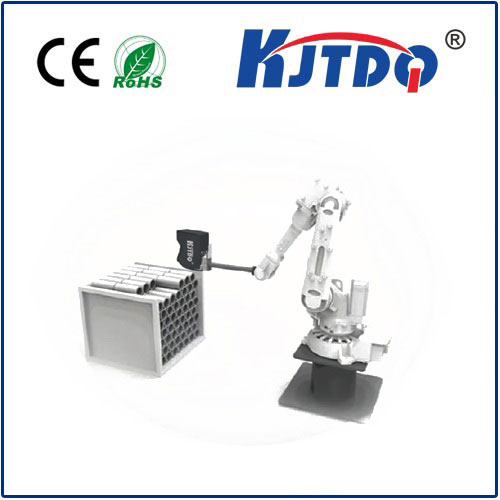
check

check

check

check
The non-flush type proximity sensor is a cutting-edge innovation that has transformed the field of intelligent devices. Unlike its flush-type counterparts, which have been around for decades, non-flush sensors offer numerous advantages that make them an attractive choice for a variety of applications. In this article, we will explore the key characteristics of non-flush type proximity sensors and their diverse range of applications in different industries.
Section 1: What are Non-Flush Type Proximity Sensors?
Non-flush type proximity sensors are a type of electronic device that detects the presence of objects or people by measuring their electromagnetic radiation. These sensors are designed to operate without being physically flushed with other components, making them more versatile and flexible than their flush-type counterparts. The most common types of non-flush proximity sensors include infrared (IR) and ultrasonic sensors.
Section 2: Advantages of Non-Flush Type Proximity Sensors
There are several advantages to using non-flush type proximity sensors over their flush-type counterparts. Some of these benefits include:
* High Sensitivity: Non-flush sensors are typically much more sensitive than flush sensors, allowing them to detect even small movements or changes in distance. This makes them ideal for applications where precise detection is essential, such as robotics, automotive, and healthcare.
* Improved Durability: Since non-flush sensors don't need to be flush with other components, they are less likely to become damaged or misaligned over time. This translates to longer lifespans and reduced maintenance costs for end-users.
* Easy Integration: Non-flush sensors can be easily integrated into a wide range of devices and systems, making them a popular choice for IoT (Internet of Things) applications. They can also be used in conjunction with other sensors and actuators to create complex sensing systems.
Section 3: Applications of Non-Flush Type Proximity Sensors
Non-flush type proximity sensors have a wide range of applications across various industries, including:
* Automotive Industry: Non-flush sensors are commonly used in car safety systems to detect pedestrians and other vehicles on the road. They can also be used in parking assistance systems, lane departure warning systems, and collision avoidance technologies.
* Industrial Automation: In manufacturing environments, non-flush sensors are used to monitor equipment performance, detect defects in production processes, and ensure worker safety. They can also be used in logistics systems for package tracking and delivery optimization.
* Healthcare: Non-flush sensors are increasingly being used in medical devices such as blood glucose monitors, insulin pumps, and pacemakers. They provide accurate measurements of body fluids and tissue samples without causing harm to the patient.
* Security Systems: Non-flush sensors are used in surveillance cameras and access control systems to detect unauthorized entry into buildings or facilities. They can also be used in fire alarms and smoke detectors for early detection and activation.
Conclusion:
In conclusion, non-flush type proximity sensors are a game-changer in the field of intelligent devices. Their high sensitivity, improved durability, ease of integration, and diverse applications make them an attractive choice for a wide range of industries. As technology continues to advance, we can expect to see even more innovative applications for non-flush proximity sensors in the future.
